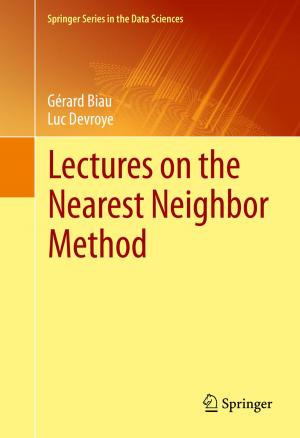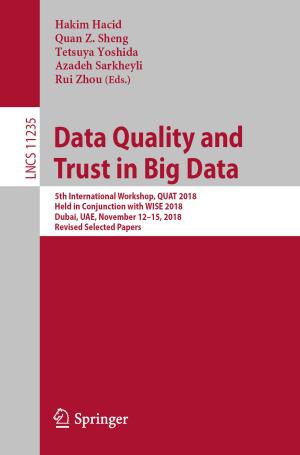The Ocimum Genome
Nonfiction, Science & Nature, Science, Biological Sciences, Botany, Technology, Agriculture & Animal Husbandry| Author: | ISBN: | 9783319974309 | |
| Publisher: | Springer International Publishing | Publication: | October 4, 2018 |
| Imprint: | Springer | Language: | English |
| Author: | |
| ISBN: | 9783319974309 |
| Publisher: | Springer International Publishing |
| Publication: | October 4, 2018 |
| Imprint: | Springer |
| Language: | English |
This book provides an overview of the Ocimum genus from its genetic diversity to genome sequences, metabolites and their therapeutic utilities. Tulasi, Ocimum tenuiflorum, as a member of the family Lamiaceae, is a sacred plant in India. The plants of this genus Ocimum are collectively referred to as Basil and holy basil is worshipped in the Hindu religion. Basils are reservoirs of diverse terpenoids, phenylpropanoids and flavonoids, in addition to commercially important aromatic essential oils. In 2016, two working groups in India published the genome sequence in two different genotypes of Ocimum tenuiflorum. To help the readers understand the complexities of the genus and different chemotypes, this book accumulates all the available information on this medicinal plant including the genome. The complete knowledge may enable researchers to generate specific chemotypes in basil either through conventional breeding or development of transgenic lines. It also makes it possible to investigate the medicinal nature of holy basil compared to different species of the same genus.
This book provides an overview of the Ocimum genus from its genetic diversity to genome sequences, metabolites and their therapeutic utilities. Tulasi, Ocimum tenuiflorum, as a member of the family Lamiaceae, is a sacred plant in India. The plants of this genus Ocimum are collectively referred to as Basil and holy basil is worshipped in the Hindu religion. Basils are reservoirs of diverse terpenoids, phenylpropanoids and flavonoids, in addition to commercially important aromatic essential oils. In 2016, two working groups in India published the genome sequence in two different genotypes of Ocimum tenuiflorum. To help the readers understand the complexities of the genus and different chemotypes, this book accumulates all the available information on this medicinal plant including the genome. The complete knowledge may enable researchers to generate specific chemotypes in basil either through conventional breeding or development of transgenic lines. It also makes it possible to investigate the medicinal nature of holy basil compared to different species of the same genus.















